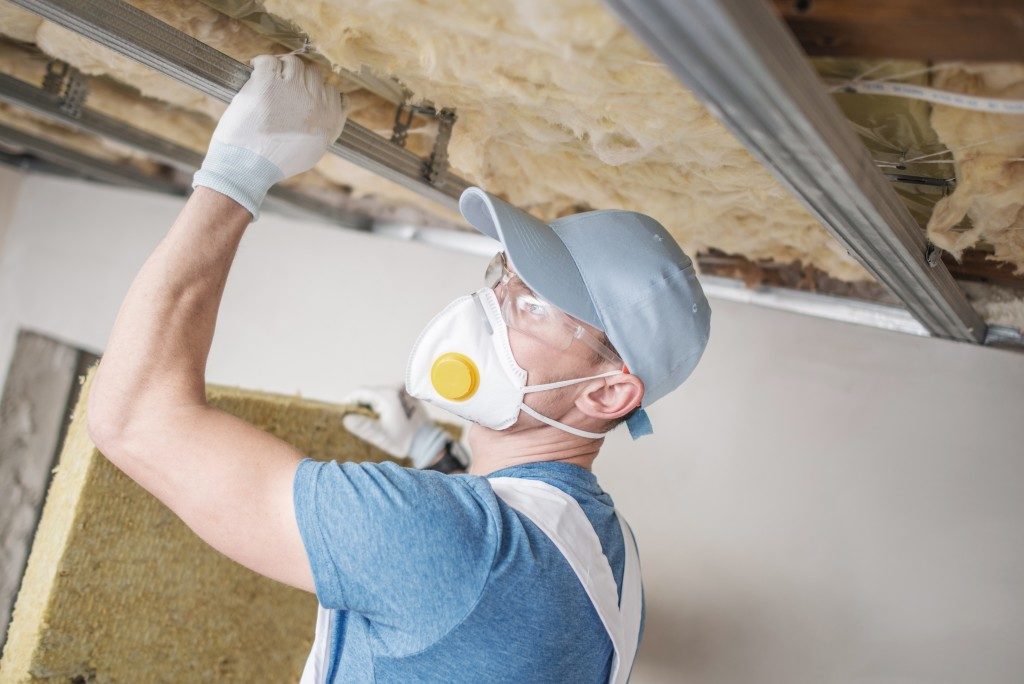In times past, sound pollution was a preserve of industrial and urban locations. Nowadays, there is sound pollution virtually everywhere you look. You have little control over what you are exposed to when outdoors, but this is not the case for your indoor environment.
You can soundproof your home and office to guarantee the comfort of its occupants and minimize distractions. Most properties have cavity walls that comprise two solid layers with a space between them. Insulation contractors based in Kansas City will install insulation in this cavity space to trap air and keep your house warm in the cold season and cool in the hot months.
The insulation used in this case will also boost your privacy since the walls are often too thin and soundproofing helps seal the space through which sound travels. Even so, not all forms of thermal insulation will also suffice for soundproofing.
Here are the materials alternatives that will soundproof your interiors.
Mineral Wool
This is a multi-purpose material that will suffice for both thermal and acoustic insulation. It is made of slag or molten igneous stone that is incombustible and will not absorb water. The noise reduction coefficient {NRC} of mineral wool is 0.8-1.1 based on the panels’ thickness.
Mineral wool insulation panels come in 24’’x 2’’x48’’ sizes with thickness ratings of 4’’.
Fiberglass

This now marks the leading material alternative for sound and thermal proofing. It is a melted plastic that is spun into wool then reinforced using tiny glass fibers. Fiberglass is porous and will trap sound waves and keep them from filtering into your interiors. Its NRC value is similar to that of wool.
It is nonetheless more costly compared to mineral wool since it is an artificial product. Fiberglass insulation is available in acoustic ceiling, underfloor and wall batts and sound control batts.
Cellulose
This material is blown in into your walls to fill up space and absorb sound waves to dampen noise pollution. Blown-in cellulose comprises 75-85% of recycled fiber from paper and 15-25% of fire-retardant material.
It has loosely packed fibers that will readily expand to fill the spaces in your wall cavity and roof. Its NRC rating is 0.80 and the STC rating 44%. Cellulose will reduce the vibration resonance within ceilings and walls, thus dampening and deadening sound waves.
Cotton
Cotton, in its very nature, is soft and will thus be first fitted into a frame before its installation into your walls and roof. Fortunately, cotton as your soundproofing material is really cheap. Moreover, it is a natural material with similar soundproofing properties to those of fiberglass and mineral wool.
Cotton as a soundproofing material is, however, only used on small projects like soundproofing an entertainment room or one bedroom.
Most people, when building or buying property in rural areas and those zoned for offices, assume the above soundproofing materials are not as crucial for them. Zoning laws change, and thus your normally quiet surrounding might someday become the noisiest.
To this end, it is prudent to soundproof your property irrespective of its location. Fortunately, with the above alternatives, you will not incur separate expenses for thermal and sound insulation.

